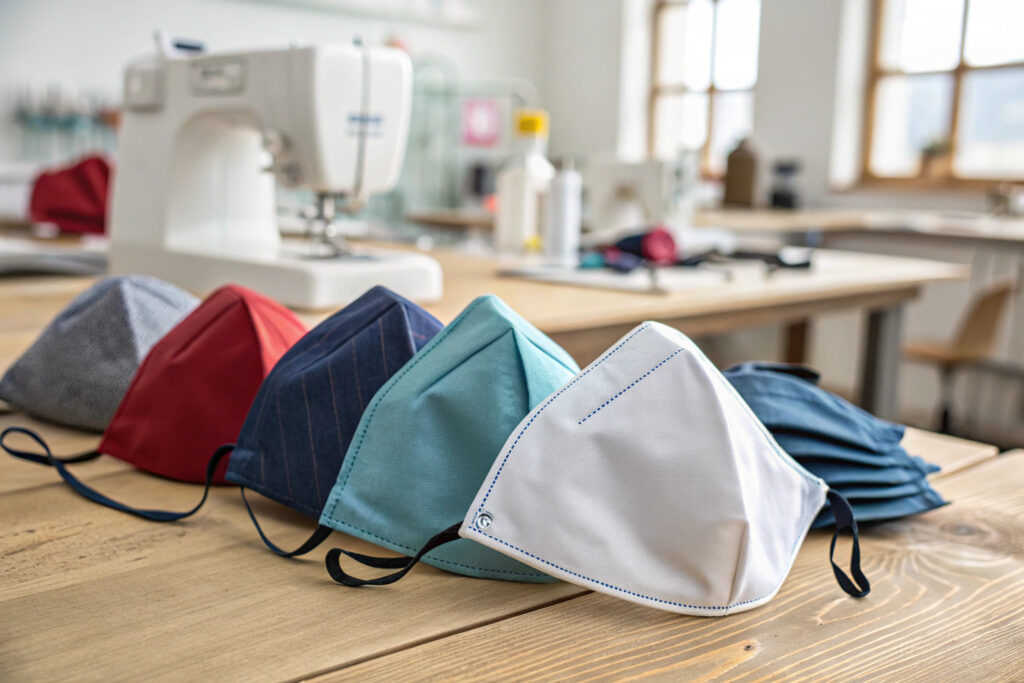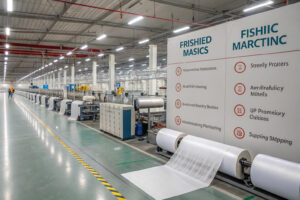When you’re sourcing fabric masks for your brand or retail store, the nose bridge can make or break your customer’s experience. An ineffective or poorly designed nose bridge leads to gaps, foggy glasses, and a lack of comfort. Over time, this can hurt your brand’s reputation and lead to higher return rates.
An effective nose bridge is about more than a strip of metal or plastic — it’s about fit, durability, and user comfort. The right choice can boost your product’s perceived value, meet safety expectations, and improve customer satisfaction, especially for long-term wear.
As a manufacturer exporting to over 50 countries, I’ve seen buyers overlook nose bridge design only to face production delays, customer complaints, and compliance issues later. Let’s explore the key considerations so you can avoid these pitfalls and source masks that deliver real value.
Choosing the Right Nose Bridge Material
Selecting the right material for the nose bridge affects both performance and production cost. Buyers need to balance flexibility, comfort, and manufacturing efficiency when deciding between common options like aluminum, plastic-coated wire, and memory foam.
Aluminum nose bridges remain the gold standard for durability and easy shaping. They conform to the wearer’s face while resisting rust. Plastic-coated wire offers cost efficiency and comfort but may not hold its shape as well over time. Memory foam bridges add comfort for long wear but require careful stitching or adhesive placement to prevent detachment.
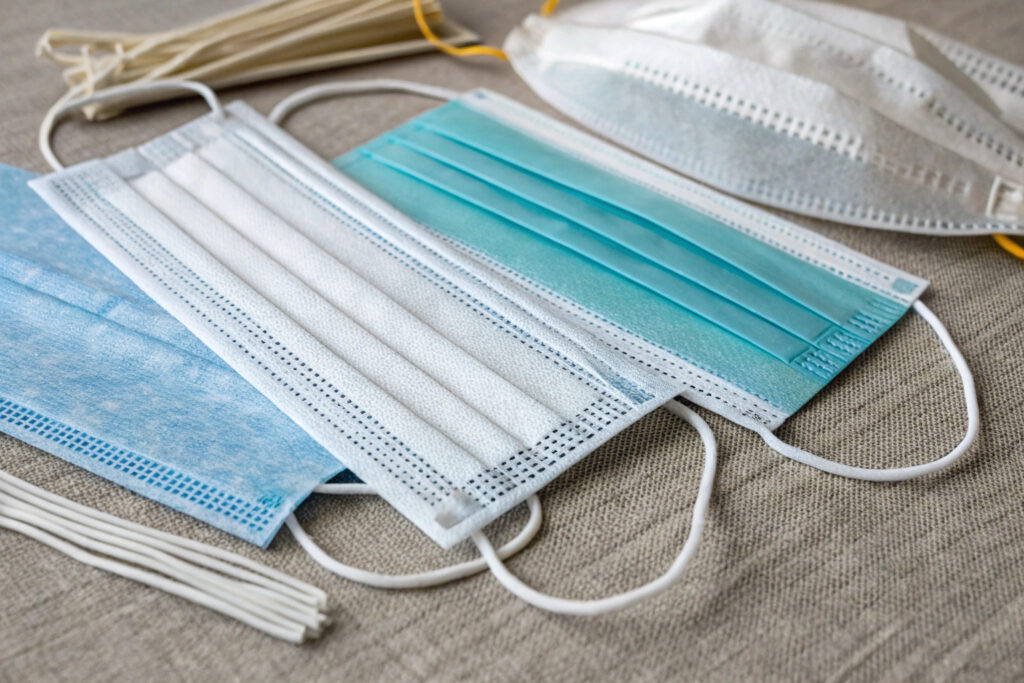
How Does Material Affect Mask Longevity?
The nose bridge material directly impacts how long the mask maintains its fit. For example, aluminum strips can withstand repeated bending without breaking, making them suitable for reusable masks. On the other hand, cheaper alternatives like low-grade plastic may deform after a few uses. This can result in customer dissatisfaction and negative reviews on platforms like Amazon.
Which Materials Are Best for Different Markets?
If your primary market is in colder climates, materials that resist brittleness in low temperatures are crucial. Aluminum holds up well, while some plastics can crack. For medical or high-compliance markets, opt for hypoallergenic coatings or stainless steel inserts that meet health regulations.
Ensuring Proper Nose Bridge Placement
Even the best nose bridge material will fail if it’s poorly positioned. Placement influences comfort, sealing effectiveness, and overall appearance.
The ideal nose bridge placement is directly over the nasal bone, aligned with the mask’s top seam, and symmetrically centered. This helps create a snug fit and reduces the risk of air leakage toward the eyes.
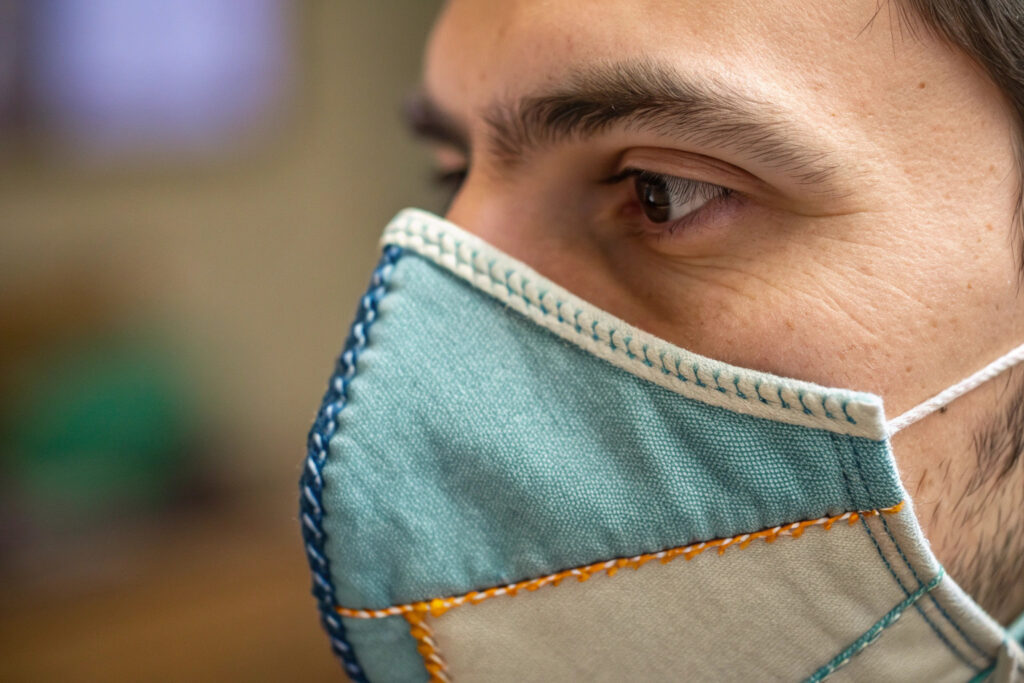
What Happens if Placement Is Too High or Low?
If the nose bridge sits too high, it can press uncomfortably against the eyes and cause irritation. Too low, and it won’t seal the mask properly. Studies from NIOSH indicate that improper placement can reduce mask filtration effectiveness by up to 30%. Poor alignment also causes visible wrinkles, lowering the mask’s visual appeal for retail.
How to Communicate Placement Requirements to Suppliers?
Always include detailed tech packs with millimeter-level measurements. Include close-up photos or even CAD drawings. Using tools like Techpacker ensures your supplier understands placement specifications before mass production. This reduces rework and wasted material.
Balancing Comfort and Seal Effectiveness
A nose bridge’s job is to improve the mask’s seal without sacrificing comfort. This balance is critical for buyers targeting premium markets where both function and wearability matter.
Too rigid, and the mask becomes uncomfortable for long wear. Too soft, and it loses its sealing function. The right balance depends on your target audience and usage scenarios.
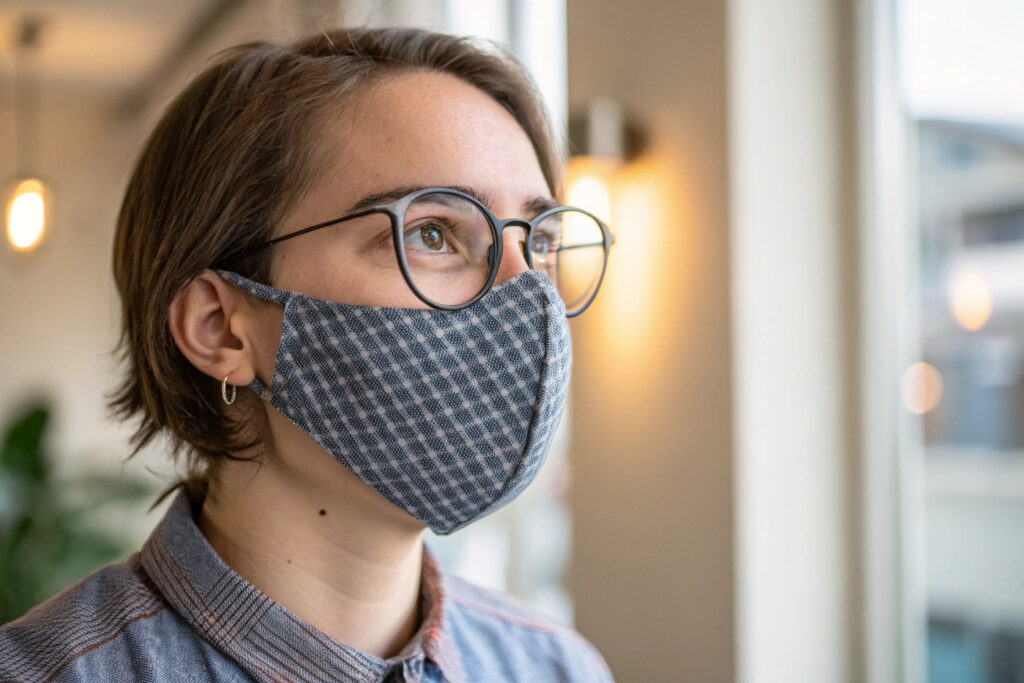
Can Comfort Impact Compliance with Mask Use?
Yes. Users who find masks uncomfortable are less likely to wear them correctly, or at all. For example, in a retail survey, masks with padded nose bridges had a 17% higher customer satisfaction score than those without. Retailers like REI have capitalized on this by stocking masks designed for active, all-day wear.
What Design Features Improve Comfort Without Losing Seal?
You can combine an aluminum core with a soft fabric or silicone cover. Adjustable nose bridges also allow users to customize fit, reducing pressure points. Adding foam padding under the nose bridge is another strategy, as long as it doesn’t interfere with mask washing or cleaning cycles recommended by CDC.
Meeting International Standards and Buyer Expectations
Buyers sourcing masks globally must ensure nose bridge design complies with target market regulations while meeting consumer expectations for quality and aesthetics.
Certifications like ASTM, EN14683, and GB2626 can influence material selection and placement standards. Compliance not only improves safety but also builds trust with B2B customers.
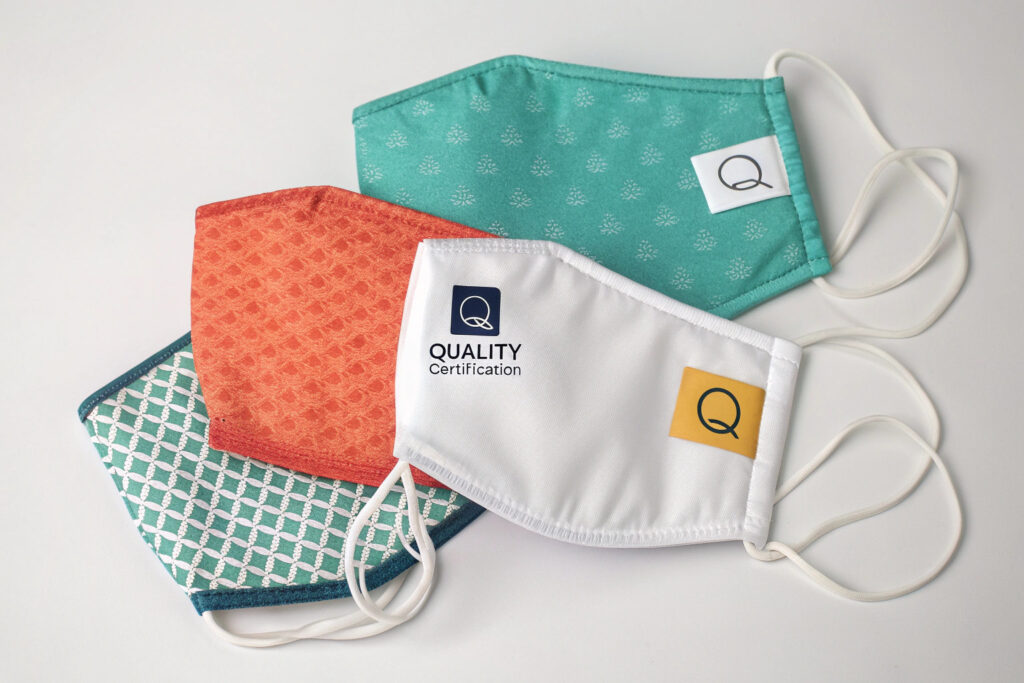
How Do Certifications Affect Nose Bridge Design?
For example, ASTM Level 3 masks require a secure seal, which often means using higher-quality metal strips and precise placement. European EN14683 standards also mandate that nose bridges contribute to filtration performance and prevent leakage.
How to Align With Market Trends and Buyer Demands?
Stay ahead by monitoring fashion and function trends. Retail buyers in the U.S. are increasingly asking for masks that blend style with technical performance. Offering seasonal colors, matching mask-and-accessory sets, and packaging options similar to those seen on Etsy can boost sales. Keeping your designs fresh while meeting technical standards ensures repeat orders.
Conclusion
Sourcing fabric masks with effective nose bridges requires careful attention to material, placement, comfort, and compliance. A well-designed nose bridge enhances fit, reduces fogging, and increases wearer satisfaction — all factors that can lead to higher sales and fewer returns.
If you’re ready to develop or scale your own fabric mask orders with optimized nose bridge designs, partner with us at Shanghai Fumao. Contact our Business Director Elaine at elaine@fumaoclothing.com to discuss your project and receive tailored solutions for your market.

